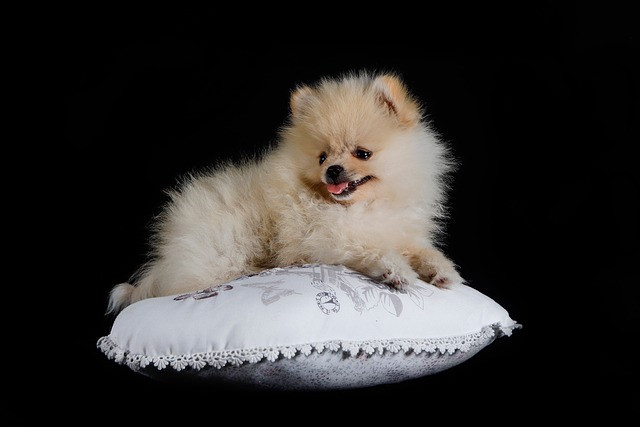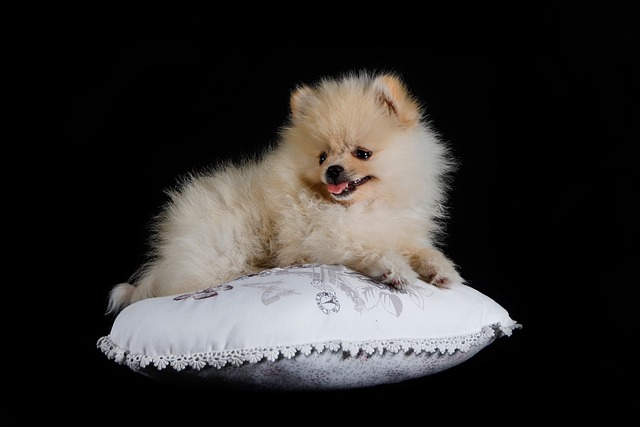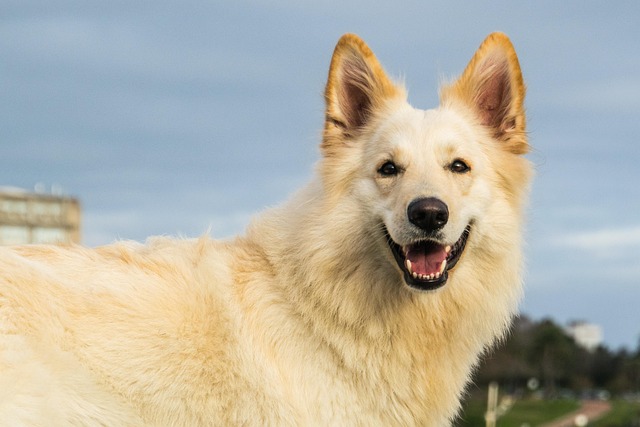
Is paw Balm good for dogs
It’s a crisp January morning in Salt Lake City, and you’ve just returned from a brisk walk with your German Shepherd, Max.
Imagine you’re in your Los Angeles apartment, kneeling on the rug to play fetch with your 1-year-old Corgi mix, Charlie—his fluffy coat brushes against your arms as he drops the ball at your feet. An hour later, you’re scratching those same arms, which are dotted with tiny red bumps, and your nose won’t stop running. You squint at Charlie, who’s happily chewing his toy, and wonder: “What does an allergic reaction to dog fur look like?” For new U.S. dog owners, this mix of affection for your pup and confusion about your symptoms is common—but recognizing the signs is key to making your home comfortable for both of you.
First, let’s clear a big myth: It’s rarely the fur itself causing the reaction. The real triggers are dog dander (tiny skin flakes), saliva, and urine that stick to fur. When Charlie licks his paws or grooms himself, his saliva gets on his coat; when he sheds, dander floats into your apartment air or clings to your couch. Your immune system mistakes these proteins for threats, so it reacts with physical symptoms. My neighbor in LA had this exact issue with her 8-month-old Goldendoodle—she thought her sneezing was from dust until her doctor pointed out dander was the culprit. Apartment living can make allergies feel worse, too: tight spaces mean dander builds up faster, so symptoms might hit sooner than in a house.

Here’s how to spot the reaction, plus easy fixes for apartment life: Common signs fall into three categories. Skin symptoms include itchy red bumps (especially on areas that touched Charlie, like your hands or arms), hives, or dry, flaky skin. Respiratory signs are sneezing, runny nose, wheezing, or a stuffy nose—you might notice these most after cuddling or vacuuming (which stirs up dander). Eye irritation means watery, red, or puffy eyes that itch. To ease this, start with cleaning: use a vacuum with a HEPA filter (it traps dander instead of spreading it) on your rug and couch every 2 days, and wash Charlie’s bed in hot water weekly. Groom him outside your apartment’s courtyard—brush his coat with a rubber comb (it pulls loose fur and dander) and reward him with a freeze-dried chicken treat for sitting still. Positive reinforcement makes grooming fun for him, and never scold if he fusses (punishment stresses him, which goes against U.S. animal welfare norms).
Don’t let allergy worries skip U.S. rules and community manners. Even as you manage symptoms, keep Charlie’s rabies vaccine up to date—California requires dogs over 4 months old to have it, and fines go up to $250 if you skip it. When you take him for walks (or grooming sessions), always carry biodegradable poop bags—LA fines $150 for leaving waste behind, and it’s respectful to your neighbors. Be considerate in your apartment building, too: avoid brushing Charlie in the lobby (dander will spread to shared spaces) and wipe his paws on a mat before entering the elevator (to keep dander off floors). If your symptoms are severe, talk to your doctor about over-the-counter meds—many U.S. health insurance plans cover allergy treatments, so you don’t have to choose between Charlie and your comfort.
At its core, knowing what an allergic reaction to dog fur looks like is about understanding your body and adjusting your space. You don’t have to say goodbye to your pup—with regular cleaning, smart grooming, and respect for local laws, you and Charlie can keep cuddling on the couch, allergy-free.

It’s a crisp January morning in Salt Lake City, and you’ve just returned from a brisk walk with your German Shepherd, Max.

Your dog’s been acting off—sluggish, skipping meals, maybe even warm to the touch. These could be signs of a fever, and knowing how to respond at home can make a big difference, as long as you stay alert to when professional help is needed.

You’re finally home from work, and your new Golden Retriever puppy, Luna, greets you at the door with a wildly wagging tail and a wiggling body. It’s a heartwarming scene that screams happiness.

Imagine you’re in your Phoenix apartment at 10 p.m.—the AC is cranked to 75°F, but you still find your 1-year-old Labrador, Luna, lying on the tile floor

Imagine you’re in your Miami apartment, grabbing your keys to take your 1-year-old Pit Bull mix, Max, for a walk—you step outside, and the 98°F heat hits you like a wall.

Dog’s cornea is that clear outer layer protecting their eye, and when it gets hurt—whether from a scratch during a romp in the woods or a foreign object like dust—you’ll notice signs quickly.